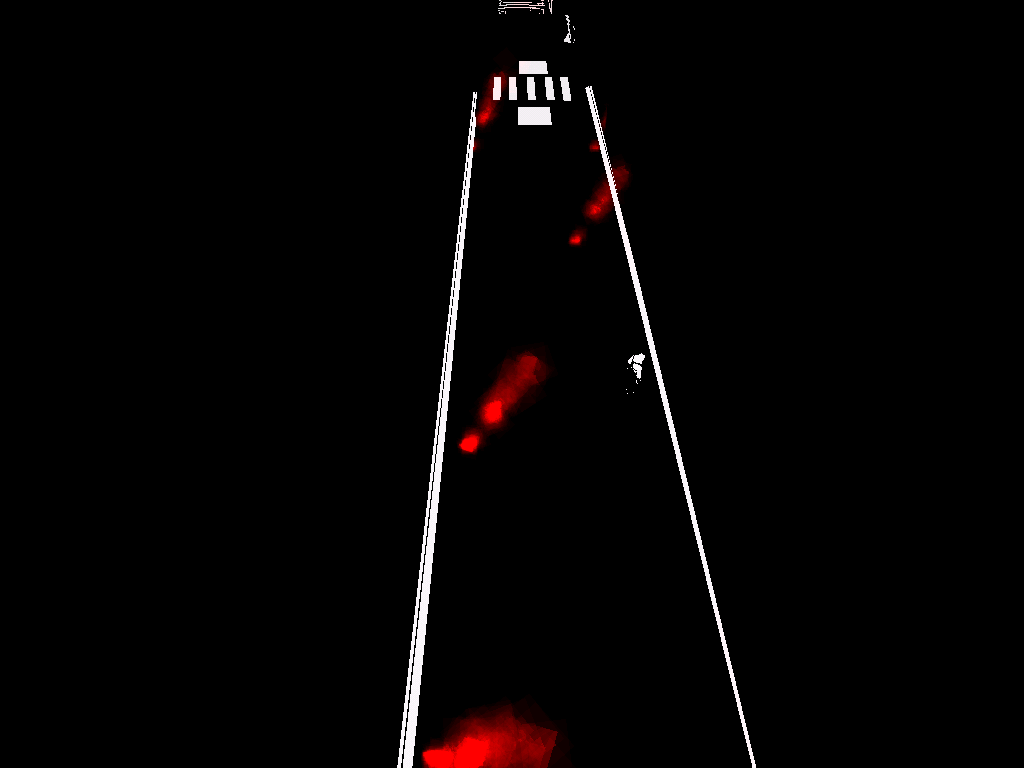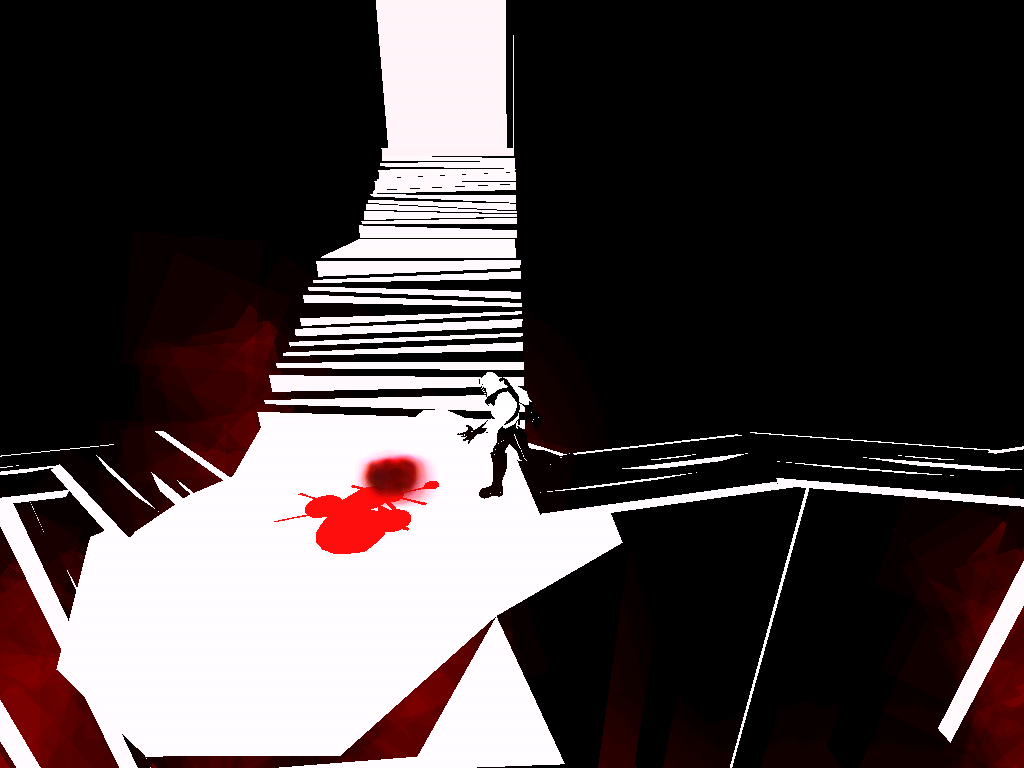Retro Replay Review
Gameplay
Vigil: Blood Bitterness presents itself as a traditional third-person 3D point-and-click adventure, yet its fixed camera perspectives and stark user interface immediately set it apart from more forgiving titles. You guide Dehon entirely with the mouse: left-click to move him through the sprawling, shadowed corridors of the palace, and right-click to interact with objects, pray at altars, or trigger cryptic mechanisms. The absence of a conventional inventory forces you to rely on context-sensitive actions, heightening both immersion and anxiety.
(HEY YOU!! We hope you enjoy! We try not to run ads. So basically, this is a very expensive hobby running this site. Please consider joining us for updates, forums, and more. Network w/ us to make some cash or friends while retro gaming, and you can win some free retro games for posting. Okay, carry on 👍)
Puzzles in Blood Bitterness demand patience and a keen eye for detail. Exploration often uncovers subtle visual cues—a slight shift in a door’s frame or a fleeting glimmer of color—that hint at the next step. Timed sequences will test your reflexes, while pattern recognition challenges reward persistence. However, the game’s insistence on trial-and-error, combined with its unforgiving lack of mid-act save points, means each death can send you back to the very start of an elaborate puzzle sequence.
This design choice can be polarizing. On one hand, overcoming a particularly devious trap or unlocking a hidden passage brings genuine satisfaction; on the other, the repeated act replays can feel punishing. The built-in gallery, which logs memories, sounds, and environmental snapshots, offers a lifeline for tracking your progress and piecing together the broader mystery—but it doesn’t spare you from retracing every dark hallway after an untimely demise.
Graphics
From the moment you launch Blood Bitterness, its bold black-and-white art style commands attention. Inspired by the high-contrast pen-and-ink illustrations of Frank Miller and the cosmic baroque of Philippe Druillet, the game’s visuals evoke a graphic-novel come to life. Stark shadows carve the palace’s monstrous architecture into jagged silhouettes, while occasional splashes of crimson or electric blue punctuate the gloom with nihilistic flair.
The fixed camera angles intensify the sense of claustrophobia and dread, framing each chamber like a tableau you must decode. Lighting effects—glinting blades of moonlight, flickering torches, pools of inky black—serve as both aesthetic flourish and navigational cue. Every scene feels meticulously composed, as if you’re stepping through pages of a grandeur-laden French animation film reminiscent of Renaissance.
Despite its monochrome veneer, Blood Bitterness never feels visually monotonous. The scattered accents of color draw your eye to interactive elements—a blood-smudged door handle, a luminous rune—while the richly detailed backgrounds teem with occult symbols and unsettling architecture. This commitment to a unified visual language elevates the game from mere exhibitionism to a true work of art.
Story
At its core, Vigil: Blood Bitterness is a study in guilt and isolation. You control Dehon, the last grand disciple of Gomend, who stands alone in a desecrated palace after slaughtering his three brothers—Livos, Pithon, and Armon—for reasons steeped in ambition and jealousy. Stripped of allies and weighed down by remorse, Dehon must confront a disembodied evil force that seeps into every crevice of his once-glorious domain.
The narrative unfolds through environmental storytelling, fragmented memories, and audiovisual snippets. As you explore, you unearth shards of Dehon’s past: ghostly apparitions that whisper cryptic warnings, ritualistic chambers that recall his former training, and hidden alcoves that contain portraits of the brothers he betrayed. Each discovery deepens the mystery, inviting speculation about the true nature of the invading darkness and Dehon’s role in its awakening.
Interspersed cut-scenes, rendered in the same stark visual palette, feature characters speaking in an unintelligible tongue, punctuated by heavy breathing and echoed whispers. Subtitles translate only fragments of their speech, reinforcing the Kafkaesque atmosphere of alienation and dread. This abstract storytelling approach may frustrate players seeking concrete answers, but it excels at sustaining an aura of cosmic horror.
Overall Experience
Vigil: Blood Bitterness is a niche masterpiece that thrives on atmosphere and artistic vision. Its uncompromising design fosters a constant tension—every corridor might conceal a deadly trap, every puzzle could be the one that sends you back to square one. Combined with the haunting black-and-white visuals and the oppressive soundscape, the game crafts an experience that lingers long after you’ve quit the palace’s shifting corridors.
That said, Blood Bitterness will not appeal to everyone. The lack of a saving system, the frequent trial-and-error deaths, and the labyrinthine puzzle structure demand patience and unwavering determination. Casual adventure gamers may find the learning curve steep and the repetition punishing, while those seeking hand-held guidance will quickly grow frustrated by the game’s cryptic clues and opaque objectives.
For players drawn to art-driven, soul-searching adventures—those who appreciate a story told through mood, composition, and challenge—Vigil: Blood Bitterness offers a singular journey. It stands as both the first and final chapter of the Victi/Vigil series, leaving you with a sense of solemn completion and a haunting curiosity about what might have followed. If you’re prepared to embrace its stark aesthetic and relentless puzzles, you’ll discover an adventure unlike any other.
 Retro Replay Retro Replay gaming reviews, news, emulation, geek stuff and more!
Retro Replay Retro Replay gaming reviews, news, emulation, geek stuff and more!









Reviews
There are no reviews yet.